Severe Allergies at School -- How to Be Prepared


Set Up a Meeting at the School
When your child has serious allergies, work with their school. Meet with the principal, their teachers, and the clinic staff. Find out if the school already has a policy to deal with food or other allergies. Then, make a plan to help your child avoid triggers while still being able to fully take part in school activities. Don’t forget after-school programs and the school bus. Most states have laws that allow, and in some cases require, schools to keep epinephrine on hand for emergencies.
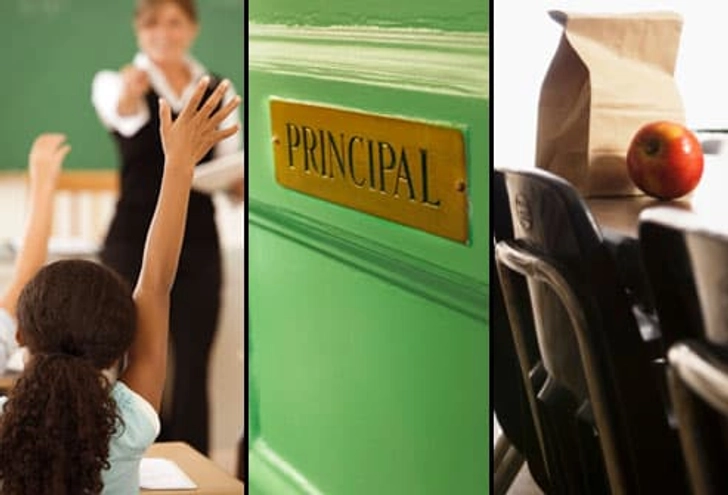
Develop an Anaphylaxis Action Plan
In an allergy emergency, seconds count. Every child who has been prescribed epinephrine should have an emergency plan. Make one with your child’s doctor and the school nurse. It should have your child’s photo, specific allergy warning signs and symptoms, and treatment instructions. Put copies in your child’s classroom, the office, and the cafeteria. Also ensure that the emergency drugs for your child are packed for field trips and before- and after-care activities.
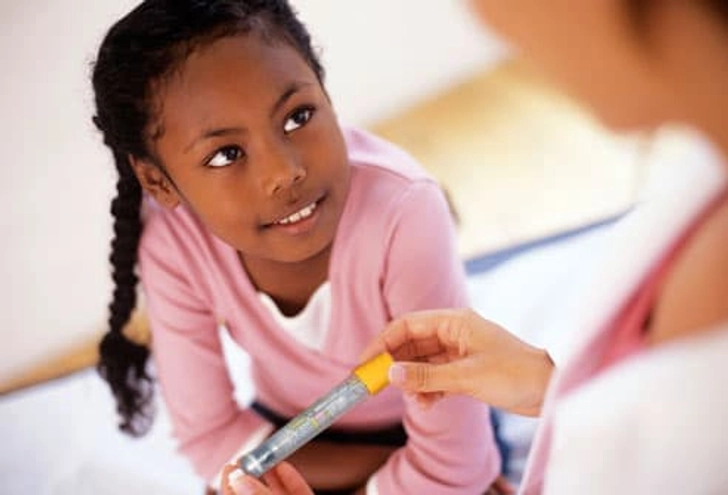
Supply the School With Medication
Epinephrine should be with your child at school, not locked up or refrigerated. It should be passed between staff members wherever your child goes (unless the child is old enough to carry it). Explain the doctor's instructions about when and how to use the drug. Caution the staff that they shouldn't wait to use it if your child has any signs of anaphylaxis, even if it's unclear whether the symptoms are allergy related. Your child should always have access to two doses of epinephrine. Check expiration dates often.

Talk to Your Child About Allergies
Go over your child’s triggers with them. For food allergies, tell them not to share food, utensils, or containers, and to wash their hands before and after eating. For insect sting allergies, teach them to wear long sleeves, pants, and shoes outside and eat inside when they can. If they're eating outside, keep food covered and use a straw.
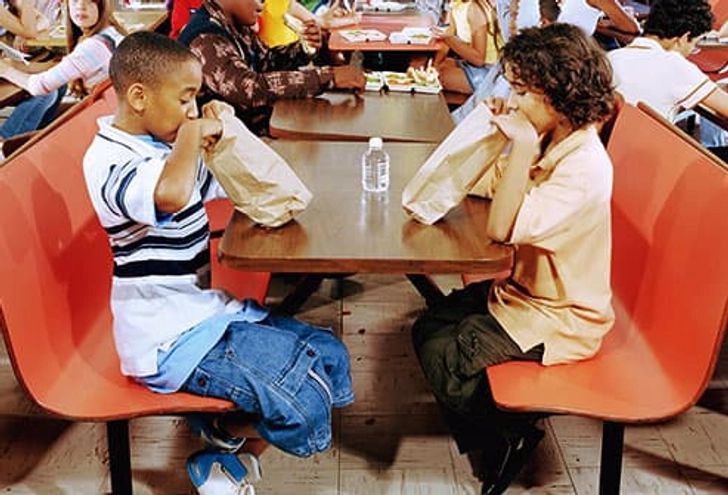
Teach Warning Signs
Children and school staff (even substitute teachers and lunch monitors) should know to watch for these warning signs:

Make a Response Plan
School staff shouldn't expect your child to give themselves epinephrine during a reaction, even if they know how. Your doctor will make an emergency response plan for the staff to follow. It will tell them how and when to give epinephrine, call 911, and start emergency first aid. School staff should also be educated to never leave a child who is having a reaction alone.
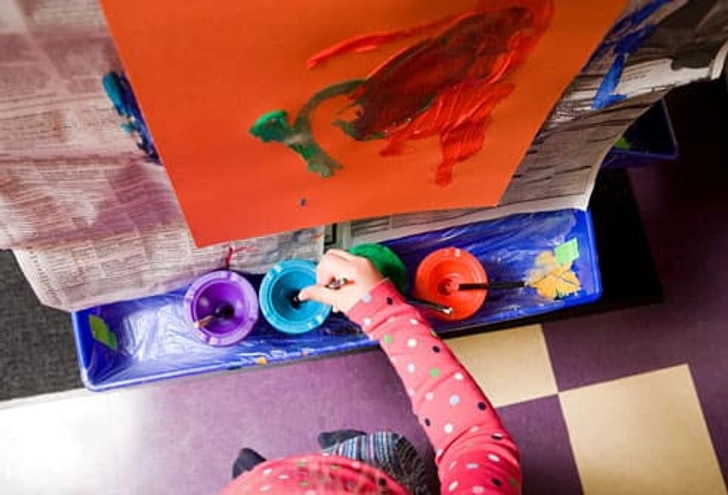
Expose Hidden Severe Allergy Dangers
Ask your child's teacher to avoid using triggers in lesson plans, crafts projects, and cooking classes. Some iffy items include:
- Tempera paints that have eggs
- Clay or dough made with peanut butter
- Icing made from egg whites
Also establish clear communication about class parties and events in which food items are brought in. Request a list of ingredients before these events. Then decide with your child if it's safer to pack them a treat from home.
Teachers should also be mindful that some cleaning supplies -- such as bleach, antibacterial sprays, and air fresheners -- can trigger asthma attacks.
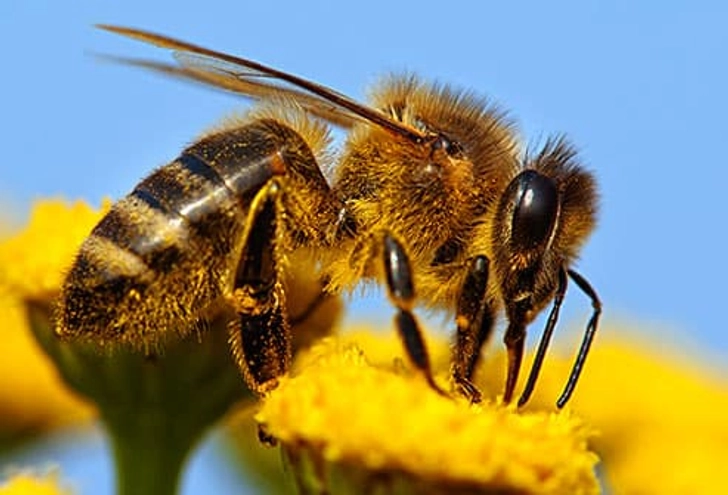
Work for Sting Prevention
Preventing insect stings can be hard. But your child's school can take these helpful steps:
- Remove insect nests on or near school grounds
- Store garbage in covered containers away from where students play or line up for school
- Have at-risk students eat inside, at least during sting season
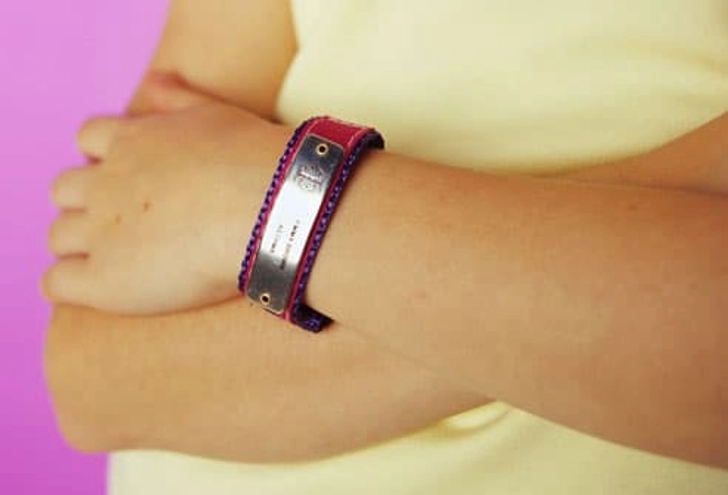
Give Your Child a Medical ID Bracelet
A medical alert bracelet reminds school staff during an emergency that your child needs epinephrine. It also gives paramedics a special number to get important information quickly. Bracelets designed for kids can feature beads or cartoon characters.

Should You Bag Cafeteria Lunches?
If you’re sure your child won’t swap food, packing a lunch is OK. But schools must make meals for kids with special diet needs at no extra cost. Food service staff should know your child’s food triggers and the technical and scientific names for those foods to help them when reading packages. Surfaces and utensils should be washed to avoid cross contact.

No-Allergen Zones
Limiting contact with triggers can be done in a way that doesn't make kids with food allergies feel alone. If your child is allergic to nuts, for example, work with school staff to:
- Have a special lunch table where anyone can sit whose lunch is nut-free
- Make school-wide rules not to trade food or share utensils or straws
- Create a nut-free snack policy in the classroom
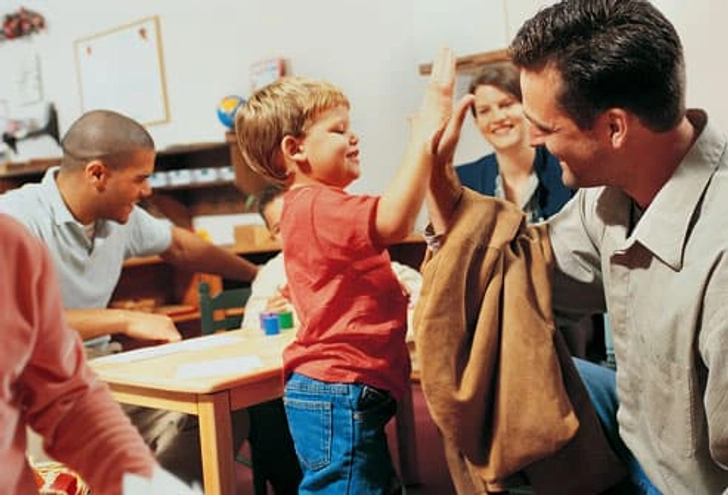
Help the School Help Your Child
By volunteering at school, you can help teachers watch what's going on. Be involved in planning and going on field trips and class parties. Write a letter that the teacher can send to other class parents to let them know about your child’s allergy. Offer to provide kid-friendly allergy info for classmates.
IMAGES PROVIDED BY:
1) SW Productions/Photodisc
2) Comstock, Creatas, Fuse
3) Ian Adene/SPL
4) Mary Kate Denny/Stone
5) Baerbel Schmidt/Science Photo Library
6) kristian sekulic
7) Image Source
8) iStock / Thinkstock
9) Ian Boody/SPL
10) Comstock
11) Nicole Hill
12) Rob Van Petten/Digital Vision
SOURCES
American Academy of Allergy Asthma & Immunology (AAAAI): "Preparing for School with Allergies and Asthma," "Position Statement: Anaphylaxis in Schools and Other Child-care Settings."
Kids With Food Allergies: “Take Steps to Ensure Your Child Has a Safe School Year."
Food Allergy & Anaphylaxis Network (FAAN): “Food Allergy Action Plan."
Allergy Safe Communities: “School Anaphylaxis Plan."
American Academy of Allergy Asthma & Immunology (AAAAI): “Treatment of Anaphylaxis: Preparedness and Prevention."
CDC: "Reducing the Risk of Exposure to Food Allergens.”
Children’s Hospital Boston: “Bee Stings."
American Academy of Allergy Asthma & Immunology (AAAAI): “Anaphylaxis."
Food Allergy & Anaphylaxis Network (FAAN): “How a Child Might Describe a Reaction."
Allergy/Asthma Information Association (AAIA): “Tips for a Safe Return to School."
Living Without: “Back to School: Tips for your Food-Allergic Child."
